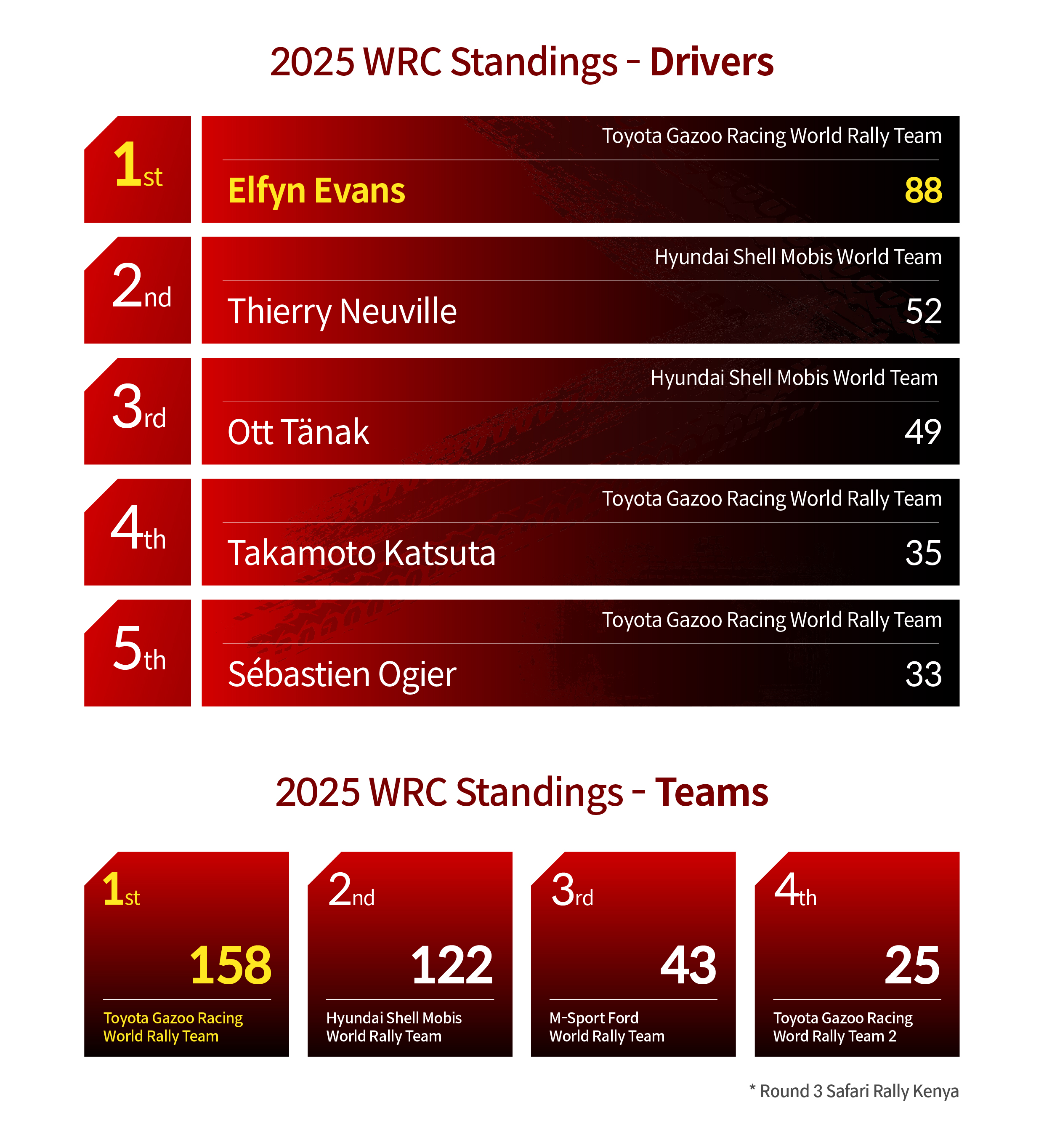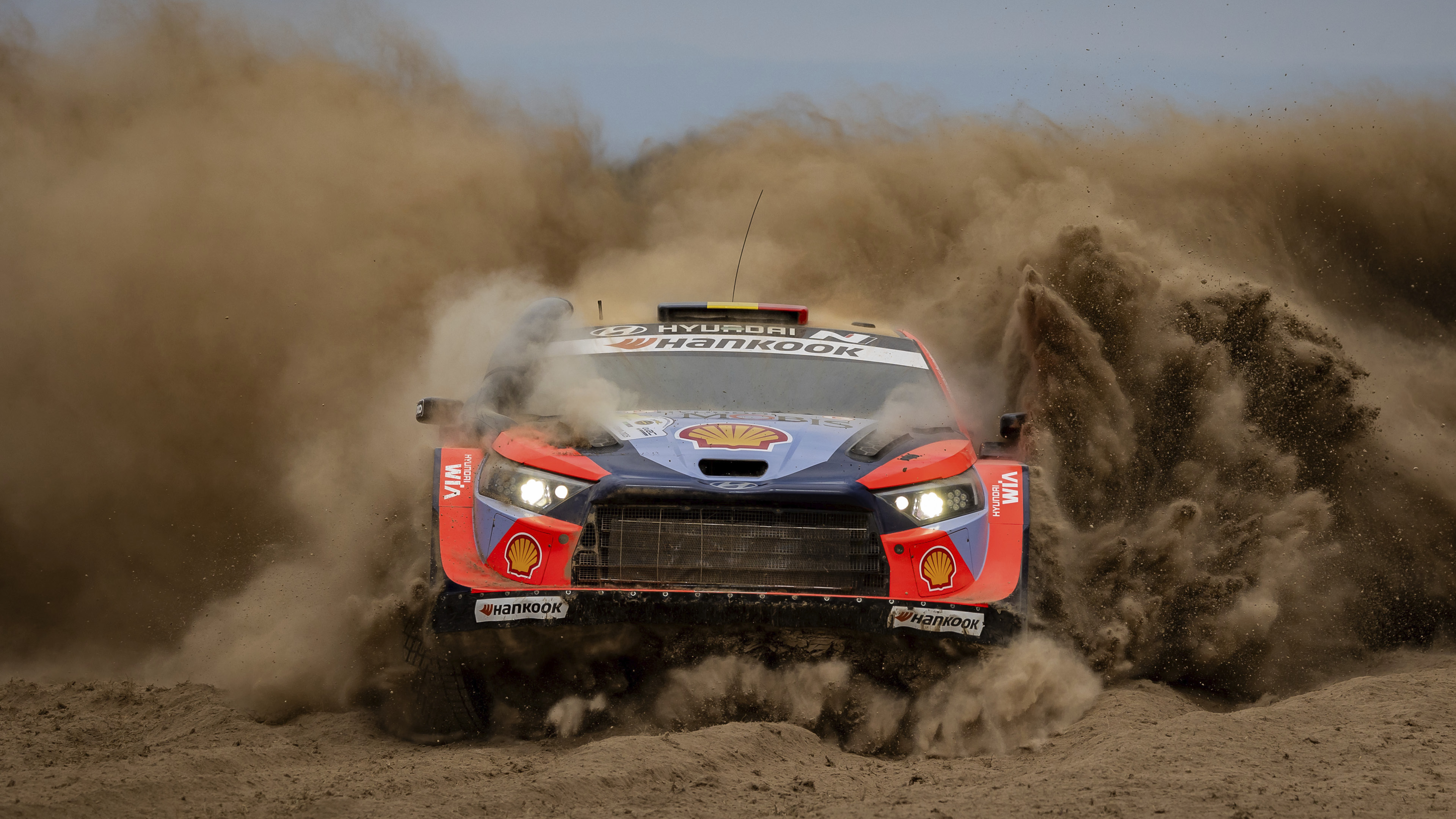
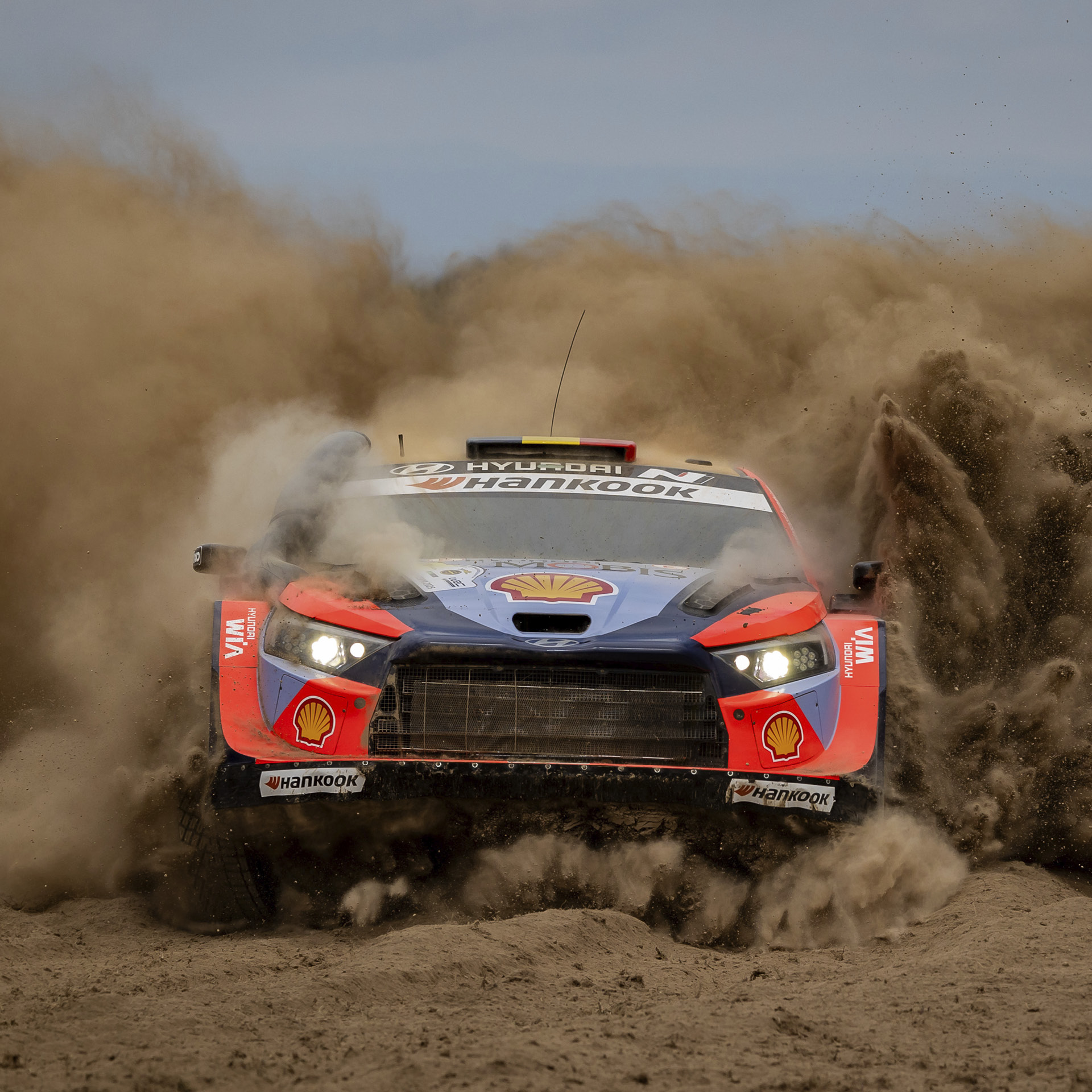


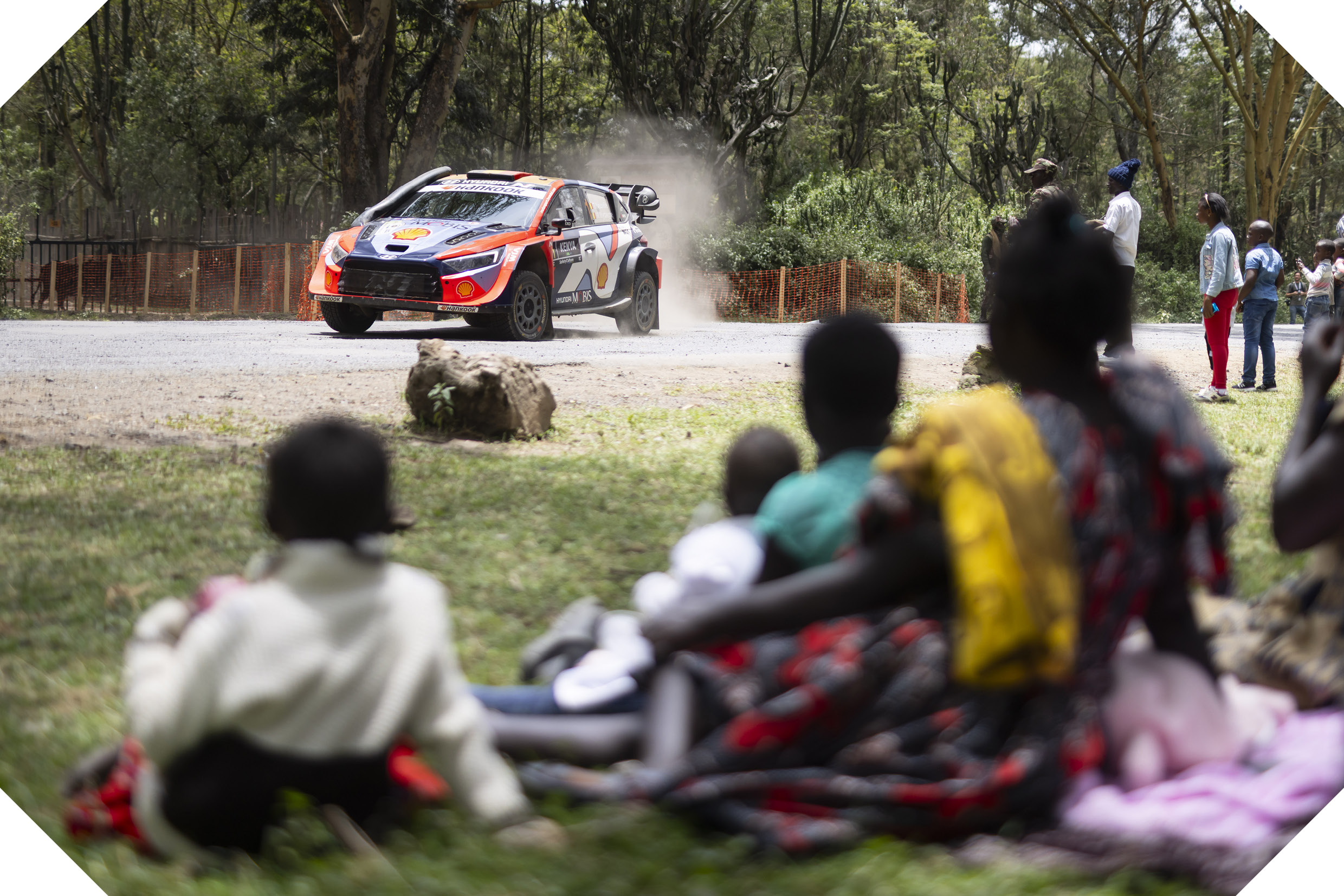
Freed from the snow and ice of Monte Carlo and Sweden, WRC competitors headed to Africa for Round 3. Held in Kenya on the continent’s eastern side, the Safari Rally boasts a long history and tradition as a grueling survival event—widely considered the trickiest and most unpredictable rally on the calendar.
The Safari Rally traces its origins back to 1953, when it was first held to commemorate the coronation of Queen Elizabeth II. In 1960, it was renamed the East African Safari Rally, and from 1974 on, it became known simply as the Safari Rally. It appeared on the WRC calendar for the first time in 1973 but disappeared after 2002, only to return in 2021. In the early days, it featured marathon stages totaling nearly 5,000 kilometers, but over time the distance was gradually shortened to levels comparable to other WRC events.
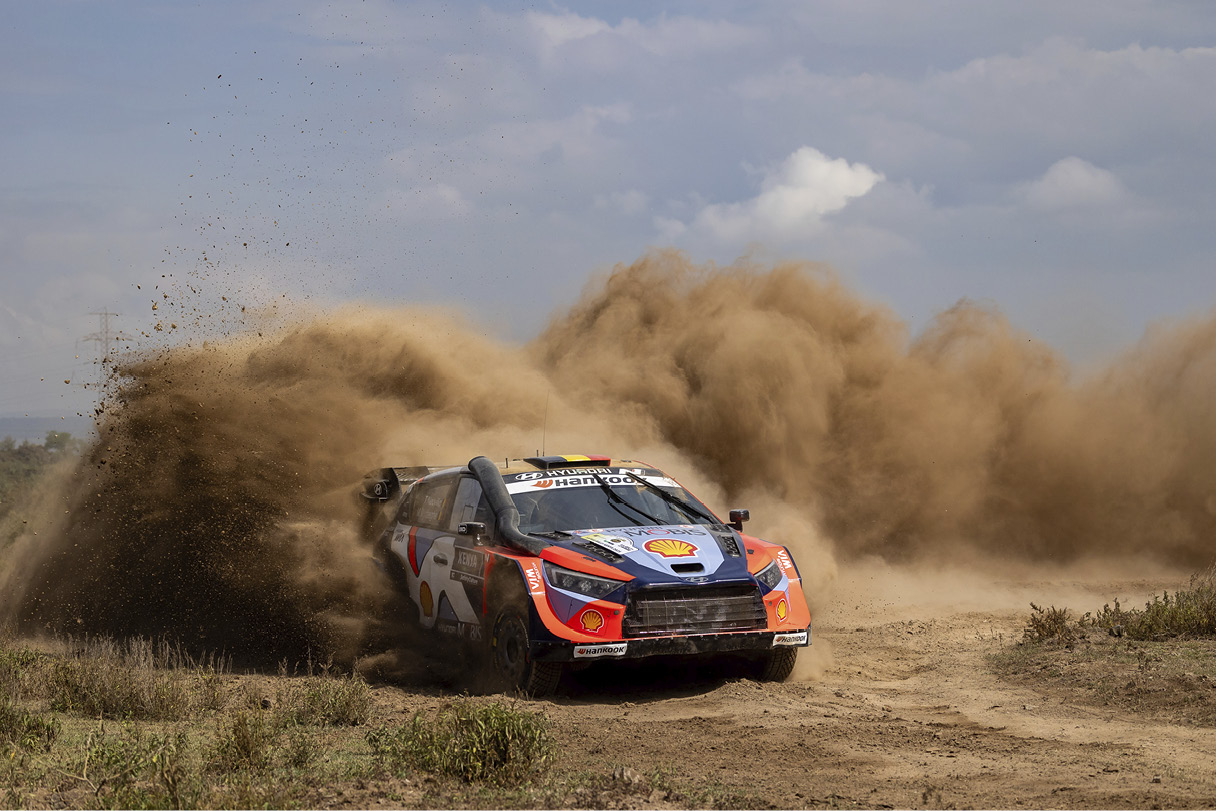
Even so, it remains the toughest and most challenging rally on the calendar. With altitudes reaching nearly 2,000 meters, searing sunshine, and thick dust clouds, engines are put under intense strain. Vines and branches can damage aero parts, and teams must make special modifications such as fitting snorkels to prevent water from entering the engine, using specialized engine maps, reinforcing the underbody, and maximizing ride height.
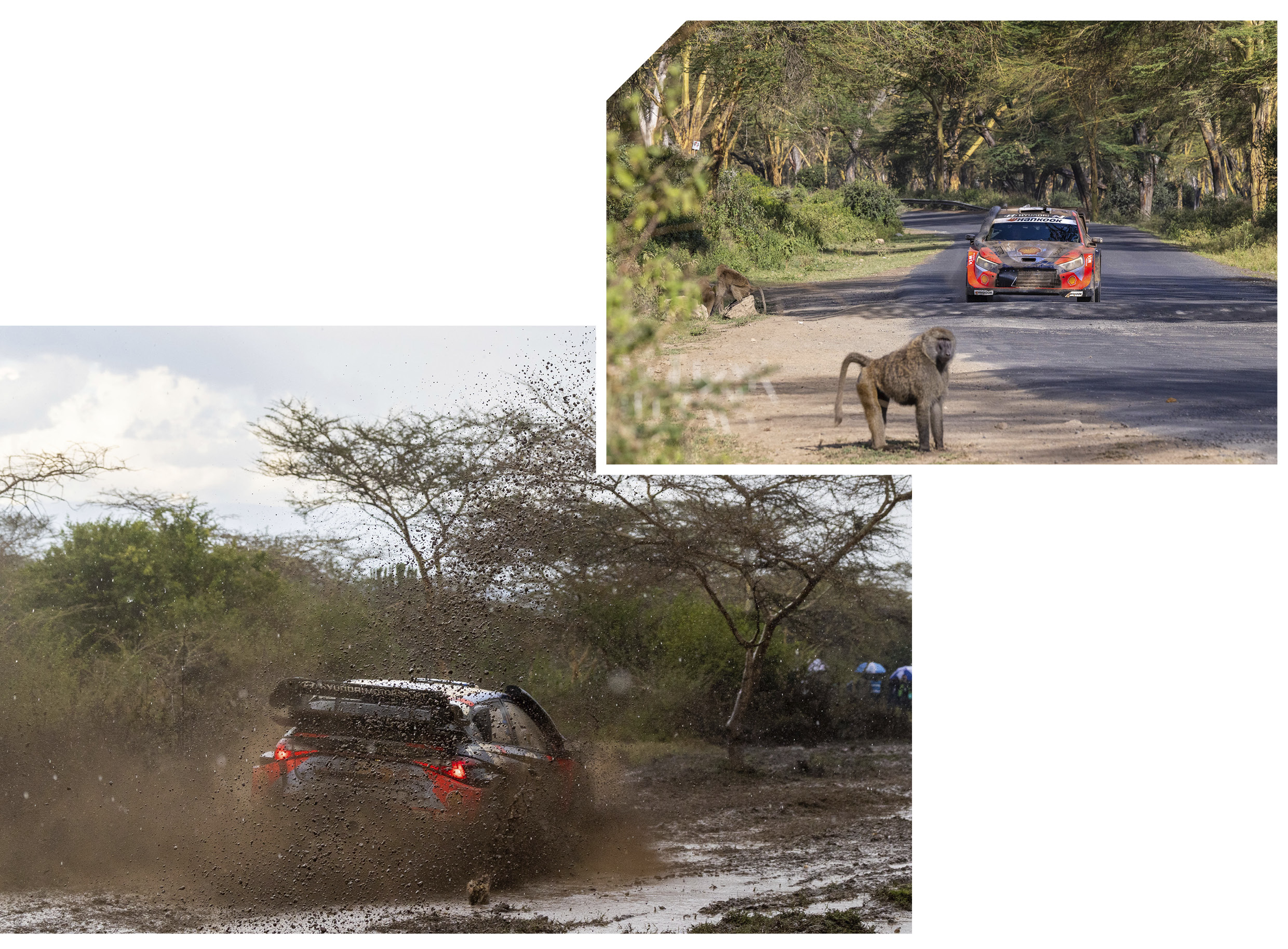
The road surface differs noticeably from typical gravel. A red dust known as “fesh-fesh” consists of flour-like particles with extremely low grip and can quickly fill the air with blinding clouds. If it rains, this fine soil can turn into thick mud, becoming as slippery as ice. Large, loose rocks pose a serious threat during high-speed stages, and wildlife can suddenly cross the course with no warning—true wilderness conditions. In such an environment, luck is as critical as the vehicle itself.
Another variable is that this marks the competitive debut of Hankook’s gravel tire, the Dynapro R213. Drivers must protect the tires from rough surfaces and sharp rocks while quickly assessing grip levels on fesh-fesh and slippery mud. Both hard and soft compounds are available, and each Rally1 entry is limited to 28 tires per car, including test sessions.
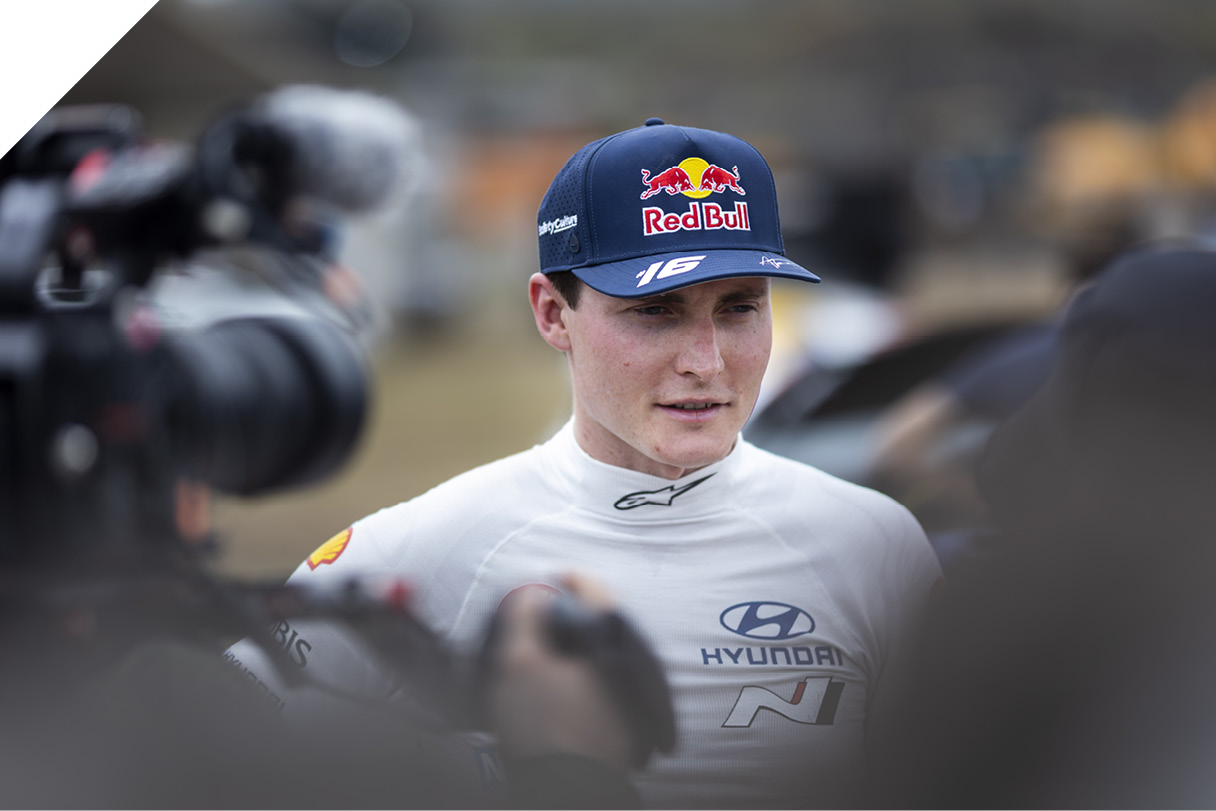
Hyundai’s track record at the Safari hasn’t been stellar—its only previous podium was Ott Tänak’s third place in 2021. This year, though, they’ve got added firepower thanks to new recruit Adrien Fourmaux, who finished third here last season. As usual, Hyundai’s driver lineup features Thierry Neuville, Tänak, and Fourmaux. With Fourmaux onboard, Hyundai has given up on rotating multiple drivers in the third car; now, the team seems set to stick with this trio going forward.
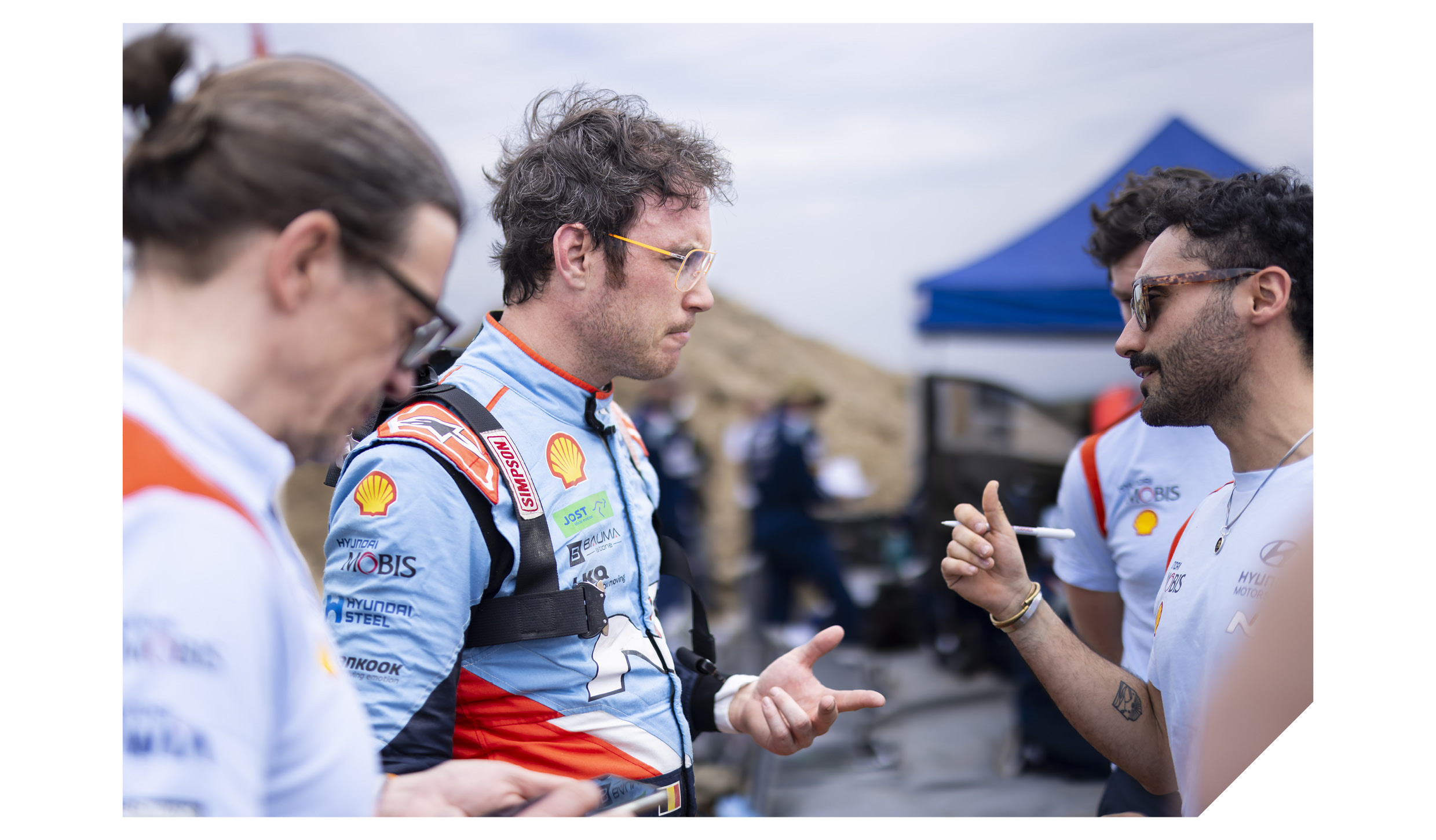
It’s been a somewhat slow start to the season for Hyundai. Fourmaux grabbed third in Monte Carlo, while Neuville managed third in Sweden, salvaging the defending champ’s early-season momentum. Sitting on 29 points, Neuville is fourth in the driver standings, with Tänak close behind at 26. “Safari Rally is very different from any other rally. Despite being rough like Greece, Kenya’s conditions, weather and surface can change very quickly. It’s rainy season over there, so if there’s precipitation, it’s very demanding both for the cars and for our visibility,” Neuville explains.
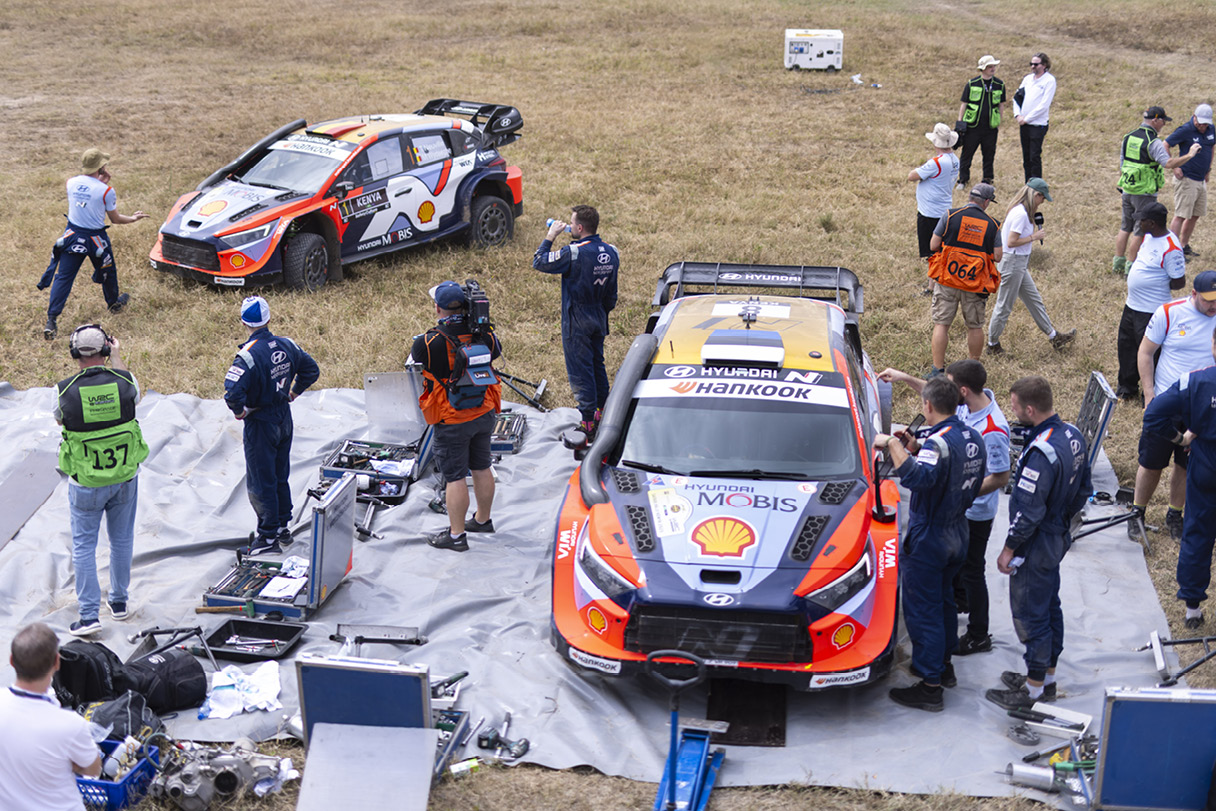
Although Hyundai rolled out an updated i20 N Rally1 in Sweden, they’re reverting to the older model here. The team cites two reasons: first, reliability is paramount in a rally like Safari, and they lack extensive data on the fresh upgrades; second, the parts supply for the new car is still limited. With that in mind, the older, proven car is the safer bet.
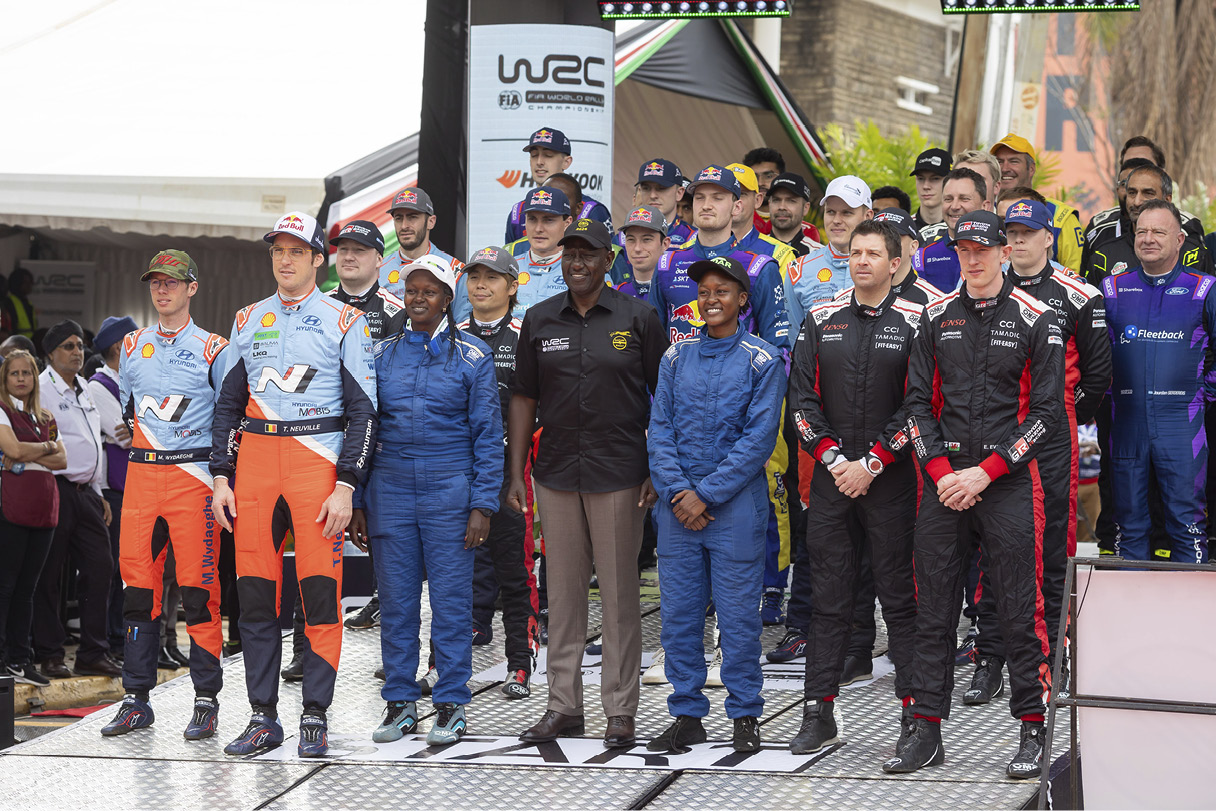
Marking its 100th WRC appearance this round, Toyota fields Elfyn Evans, Kalle Rovanperä, Takamoto Katsuta, and Sami Pajari (under a separate entry). Historically, Toyota has dominated the Safari Rally with extensive experience and multiple victories, including the past four in a row. Meanwhile, M-Sport Ford is rolling out three Puma entries for Grégoire Munster, Josh McErlean, and privateer Jordan Serderidis.
WRC2 also boasted a strong field, featuring Oliver Solberg, Kajetan Kajetanowicz, Gus Greensmith, and Fabrizio Zaldivar. Among the 16 WRC2 entries were local Kenyan drivers like Carl Tundo—who’s captured the Safari Rally five times in its pre-WRC days—along with Karan Patel and Jeremiah Wahome.
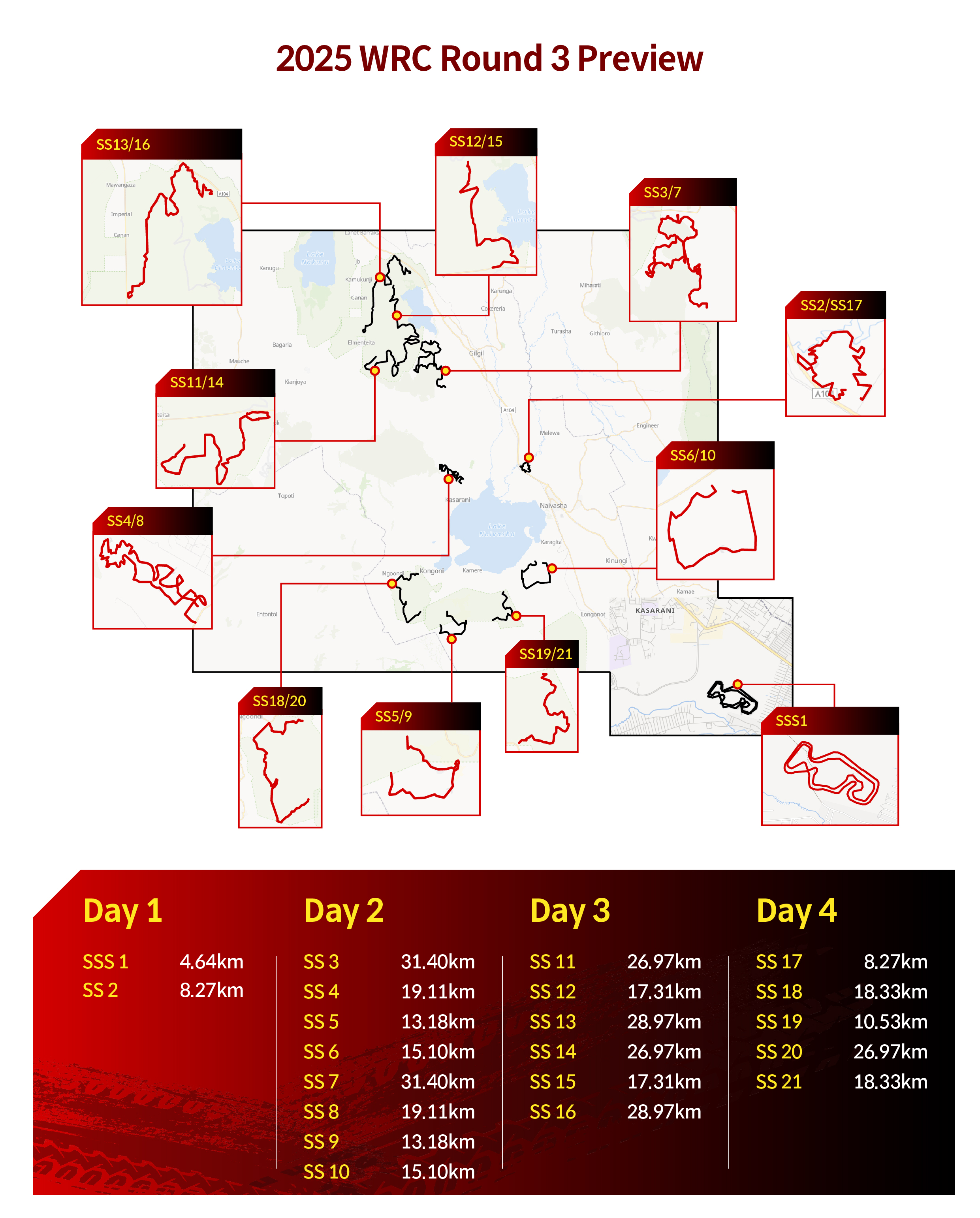
The Safari Rally got underway at the Kasarani Super Special Stage. Video: WRC (https://www.wrc.com)
Thursday, March 20 - Once again, Nairobi’s 4.76 km Kasarani Super Special Stage served as the curtain-raiser for 2025. Massive crowds turned out to watch the head-to-head format, which this year ran in the reverse direction. Unlike 2024, two stages were scheduled for Thursday. Following Kasarani, crews tackled SS2 Mzabibu (north of Lake Naivasha)—a brand-new, shorter stage that snakes between grape fields on a narrow, winding road that proved deceptively challenging.
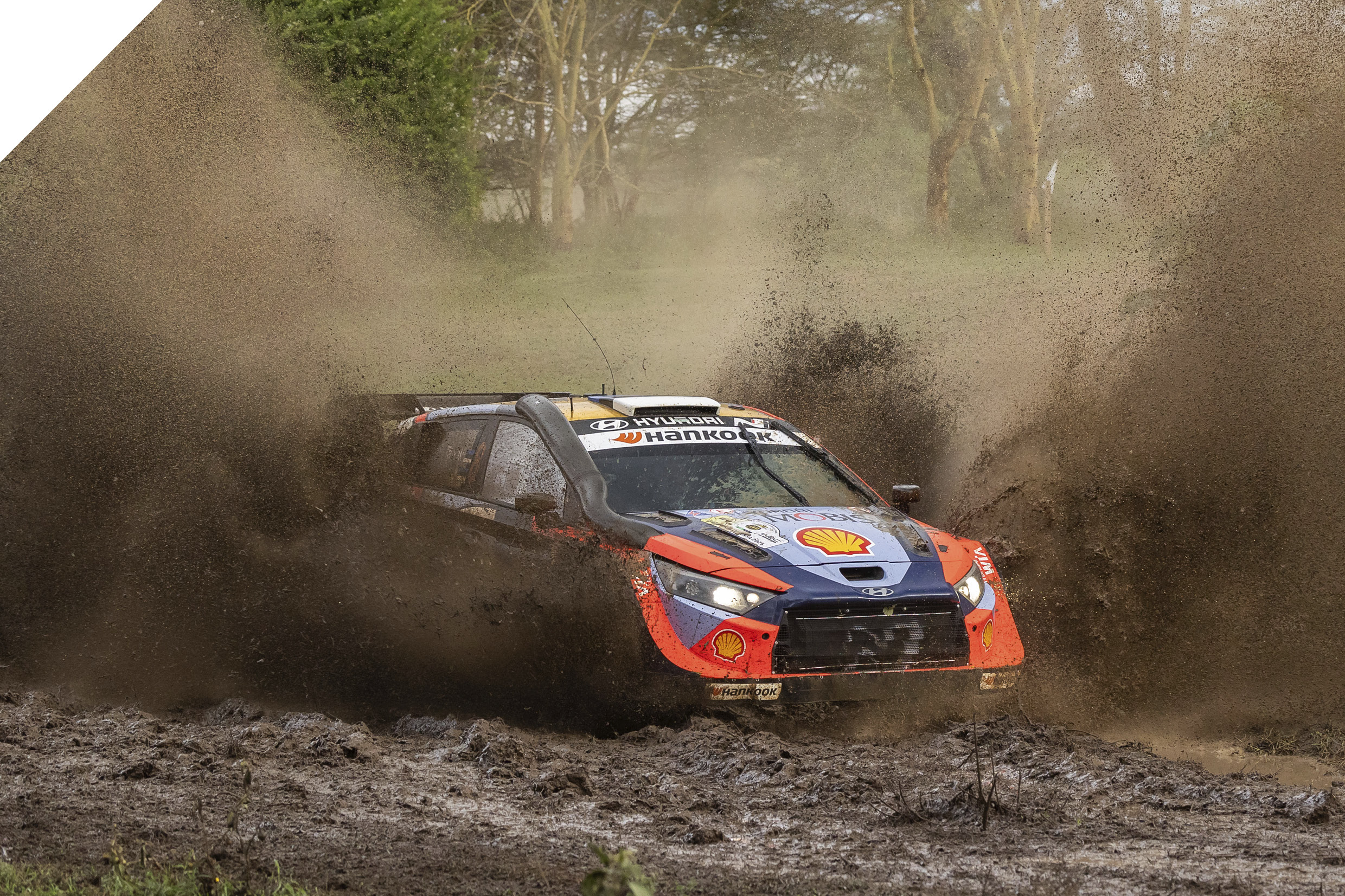
In SS2, Tänak leveraged his favorable starting order to seize the overall lead. Video: WRC (https://www.wrc.com)
Elfyn Evans posted the top time in the opener, taking the early overall lead, with Thierry Neuville, Kalle Rovanperä, Ott Tänak, Adrien Fourmaux, Grégoire Munster, and Josh McErlean in pursuit. In SS2 Mzabibu, Tänak took advantage of a favorable start position to grab the fastest time and leapfrog Evans for P1. Neuville lost around 15 seconds after losing control in a corner, dropping to eighth overall. Fourmaux ran into worse luck—his engine died en route to SS2 due to a drained battery. Despite a frantic effort using a cordless wrench battery and help from the nearby spectators, he had no choice but to retire on day one.
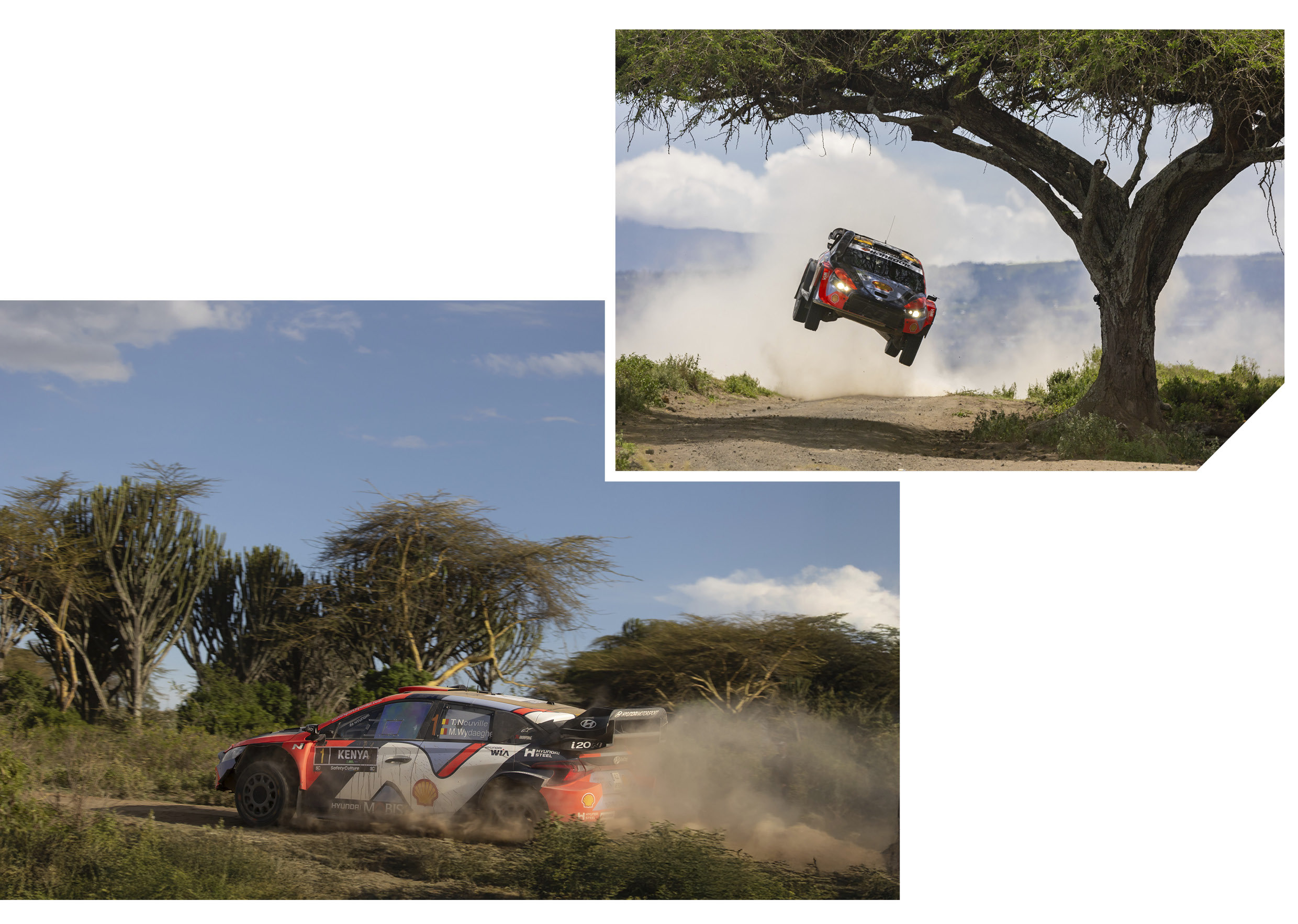
Day Two - March 21, Friday - kicked off with SS3 Camp Moran—an all-new Safari addition. Spanning a formidable 32.2 km, it blends narrow, technical sections with jumps and rocky patches, pushing both driver skill and stamina to their limits. SS4 Loldia switched direction from previous years, while SS5 Geothermal altered its start location slightly. SS6 Kedong was roughly halved from its former layout, running 15.1 km this time around.
Tänak maintained his Thursday momentum early on Friday. Video: WRC (https://www.wrc.com)
Tänak continued his hot streak in SS3 Camp Moran, taking top honors again. Despite serving a one-minute penalty for overshooting his morning service time by six minutes, Neuville still clocked the next-quickest run, leapfrogging from eighth to sixth while others, including Takamoto Katsuta and Sami Pajari, suffered punctures. Tänak and Neuville kept the pressure on in SS4 as well, posting a 1–2 finish. Tänak extended his lead over Evans to 15.4 seconds, with Neuville moving up to P5.
More misfortune befell Fourmaux—battery trouble gave way to a puncture and then suspension failure. Video: WRC (https://www.wrc.com)
Rovanperä struck back in SS5 (another pass through Camp Moran) with the quickest time, while Neuville incurred a 10-second penalty for a jump start yet continued pushing hard. SS6 saw Tänak return to the top spot, opening a 24.4-second gap on Evans. Fourmaux’s woes continued in SS7 when he tried to soldier on with a slowly deflating front tire, only for suspension damage to end his day. Tänak also hit trouble in SS8—although he won the stage, he damaged his front right driveshaft and slipped to third overall.
Neuville, meanwhile, picked up another 50-second penalty for arriving late to SS8 check-in after stopping to clear dust from his car’s air filter, taking his total penalties to two minutes. By Friday’s close, Evans had wrested back the overall lead, with Rovanperä trailing by just 7.7 seconds. Tänak sat third at 55.4 seconds off the leader, with Neuville fourth. Katsuta, Pajari, and McErlean rounded out the top seven. Kajetanowicz led WRC2 overnight.
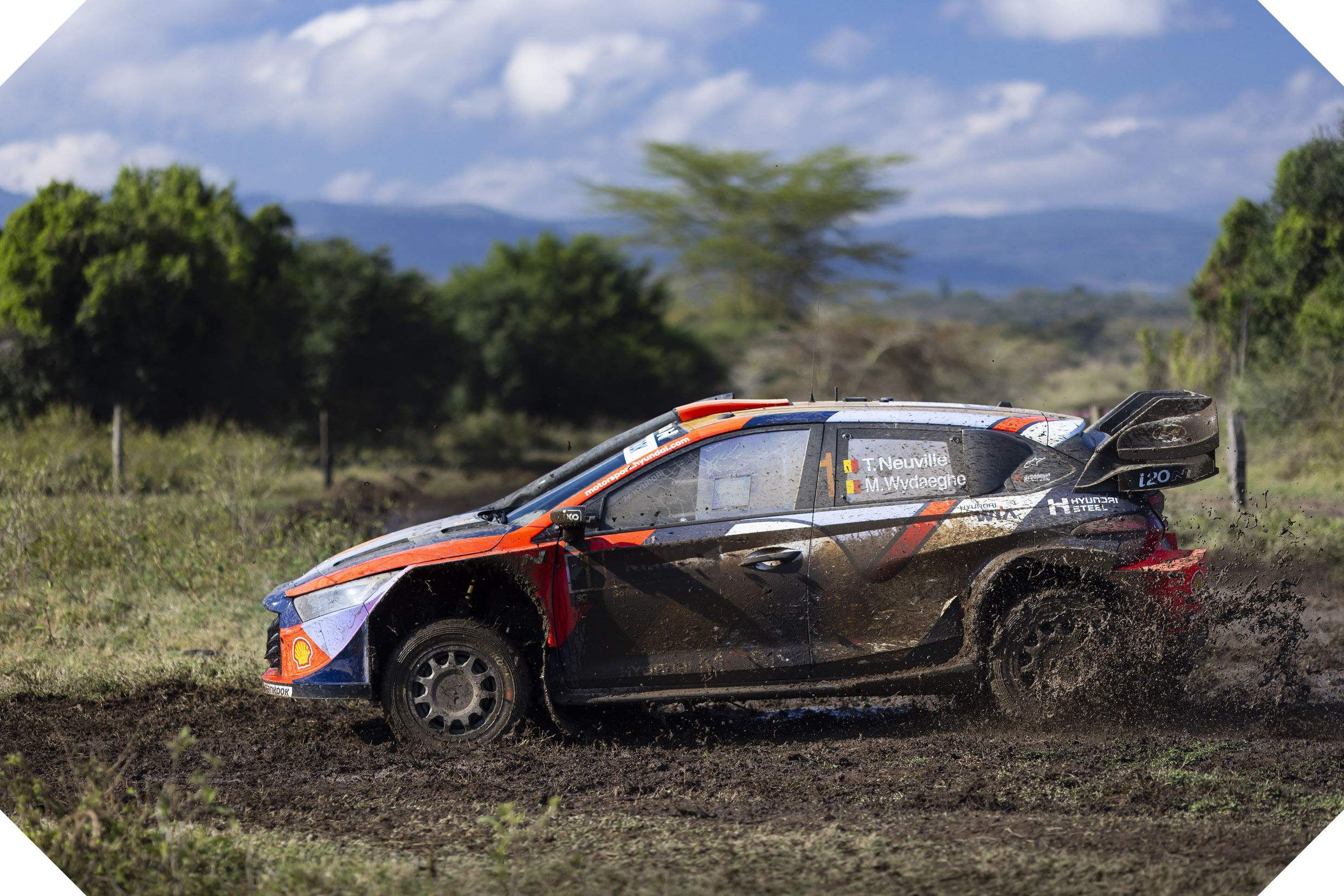
On Saturday, rainfall late Friday left the roads waterlogged in spots, forcing most teams to split their tire setup with four softs and two hards. SS11 Sleeping Warrior, a high-speed run across an open plain, opened the day, followed by SS12 Elmenteita, which cuts through the Soysambu Conservancy with wildly variable grip levels. SS13 Soysambu is the day’s highlight: a 29.32 km trek mixing technical sections with flat-out blasts. All three stages are repeated in the afternoon, making for six runs total and a daunting 146.5 km on tap.
After two straight retirements, Fourmaux was still on the entry list for Saturday but ultimately opted to sit out, hoping to reset and aim for Sunday points. In SS11, Evans and Rovanperä kept their blistering pace, while Tänak, Neuville, and even Munster hit tire troubles. Neuville was also nursing severe fatigue after wrenching on the car under Friday’s scorching sun.
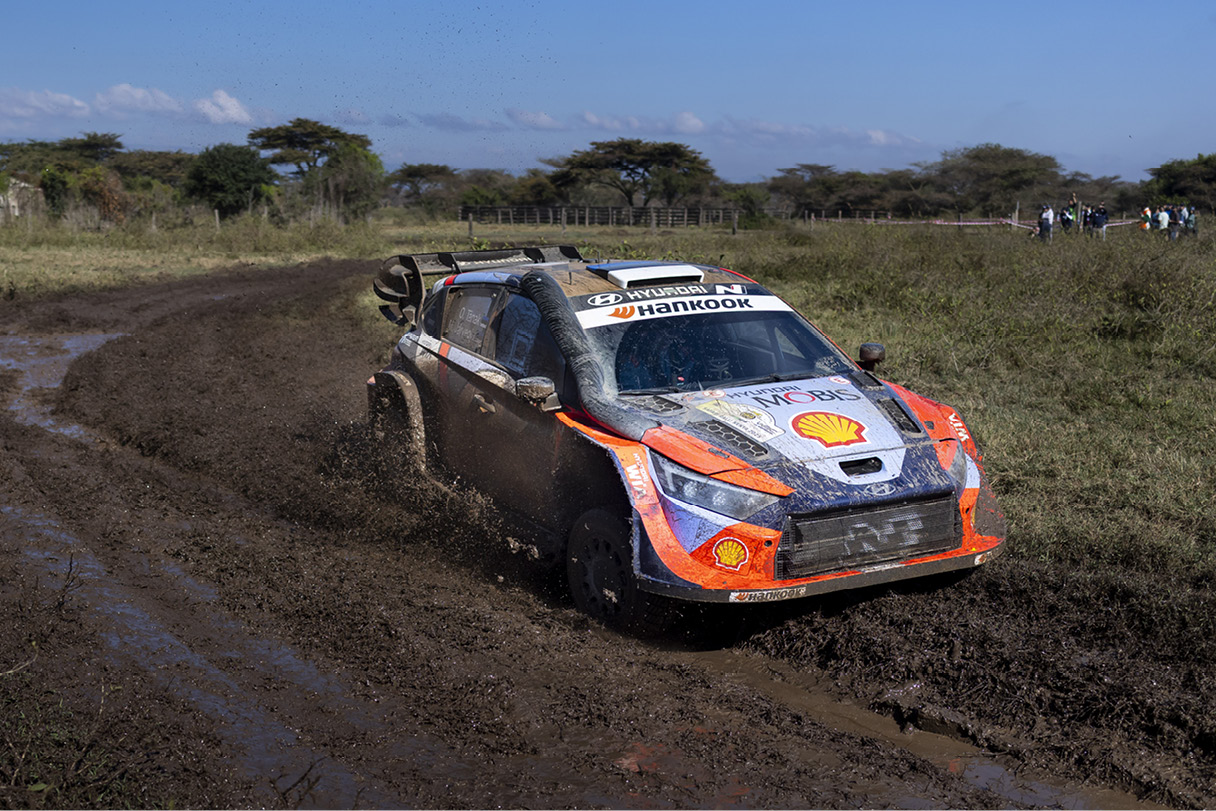
Evans stayed out front with the best time in SS12. Rovanperä pulled off an impressively quick run despite a slow leak, but both Hyundai drivers struggled to match the Toyota duo. SS13 Soysambu saw Katsuta clock the fastest time. Rovanperä clung to second overall, but his lead over third-place Tänak shrank to just 17 seconds after he clipped a zebra and punctured a tire. Meanwhile, fifth-place Neuville dropped to 1 minute 30 seconds adrift of the leader.
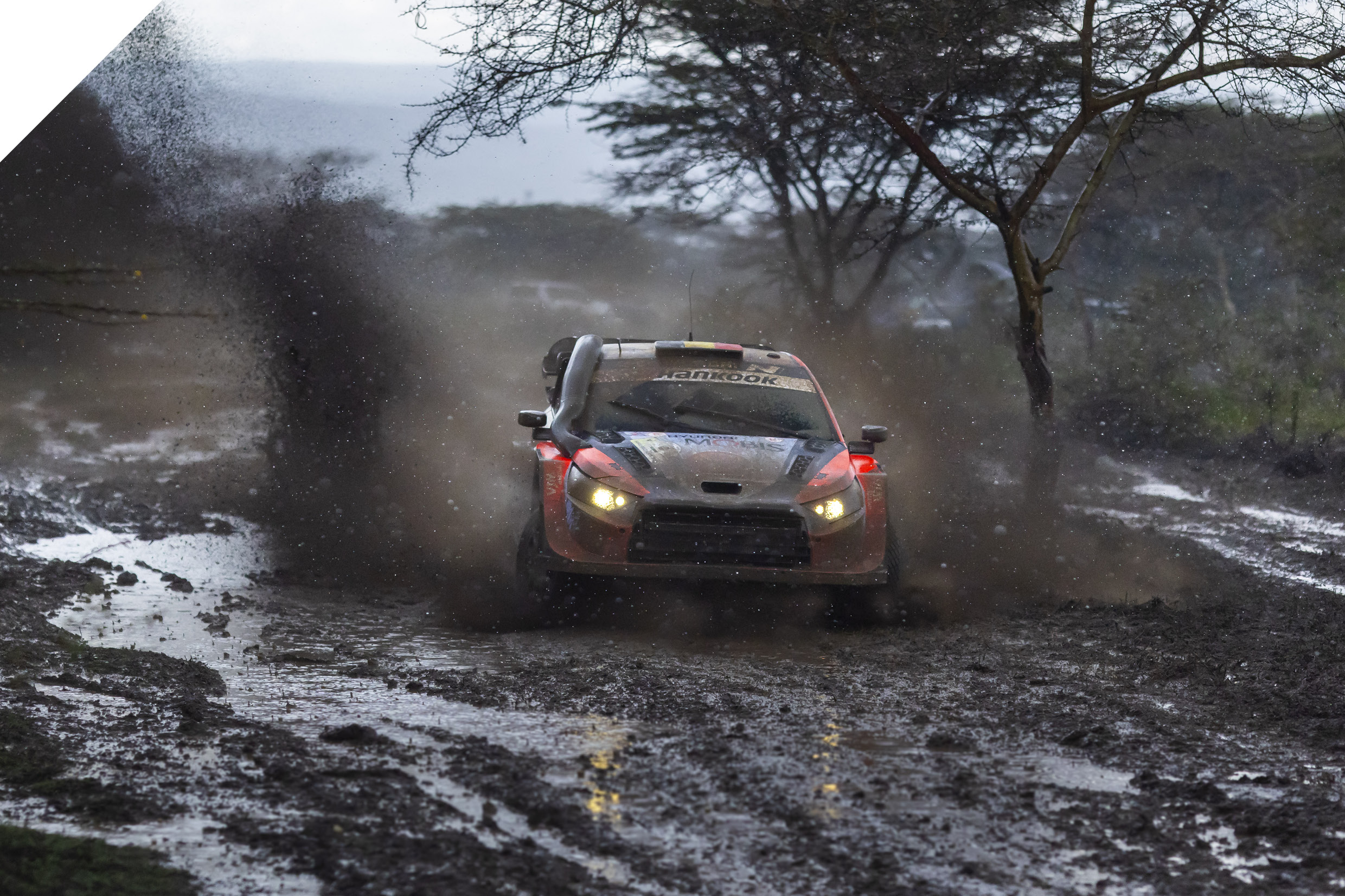
The conditions went from tough to worse in SS14 with a surprise cloudburst. Katsuta topped the charts again, followed by Rovanperä, who then smacked a rock and broke his rear suspension. Tänak’s windshield fogged, hampering visibility. In SS15, luck swung Munster’s way—he scored his first stage win of the rally, with McErlean close behind. Rovanperä tried patching up his suspension but lost too much time, slipping to fourth overall, allowing Tänak to move into second.
Heavy rain turned sections of fesh-fesh into slick mud—like driving on ice. Video: WRC (https://www.wrc.com)
The final stage of the day, SS16, sealed Saturday’s chaos as the rains turned the track into a soupy mess. Katsuta slid off course and shredded a tire, losing over two minutes to repairs, while Tänak and Neuville went 1–2. By day’s end, Evans led by two minutes over Tänak, with Neuville third overall—33 seconds up on Katsuta in fourth. Rovanperä, Pajari, and Munster followed behind, while Greensmith took command of WRC2 (and eighth overall), edging past Kajetanowicz.
Hyundai kept its foot to the floor all the way into Sunday, aiming for a podium finish. Video: WRC (https://www.wrc.com)
The rally wrapped up with five stages (SS17–SS21) spanning 65.99 km, beginning once more with Mzabibu. Tänak and Neuville showed early speed, though realistically they were too far behind to reel in Evans. Their primary focus was staying ahead of Katsuta and Rovanperä. Rovanperä retired after SS17 with unfixable damage, making things easier for the Hyundai drivers.
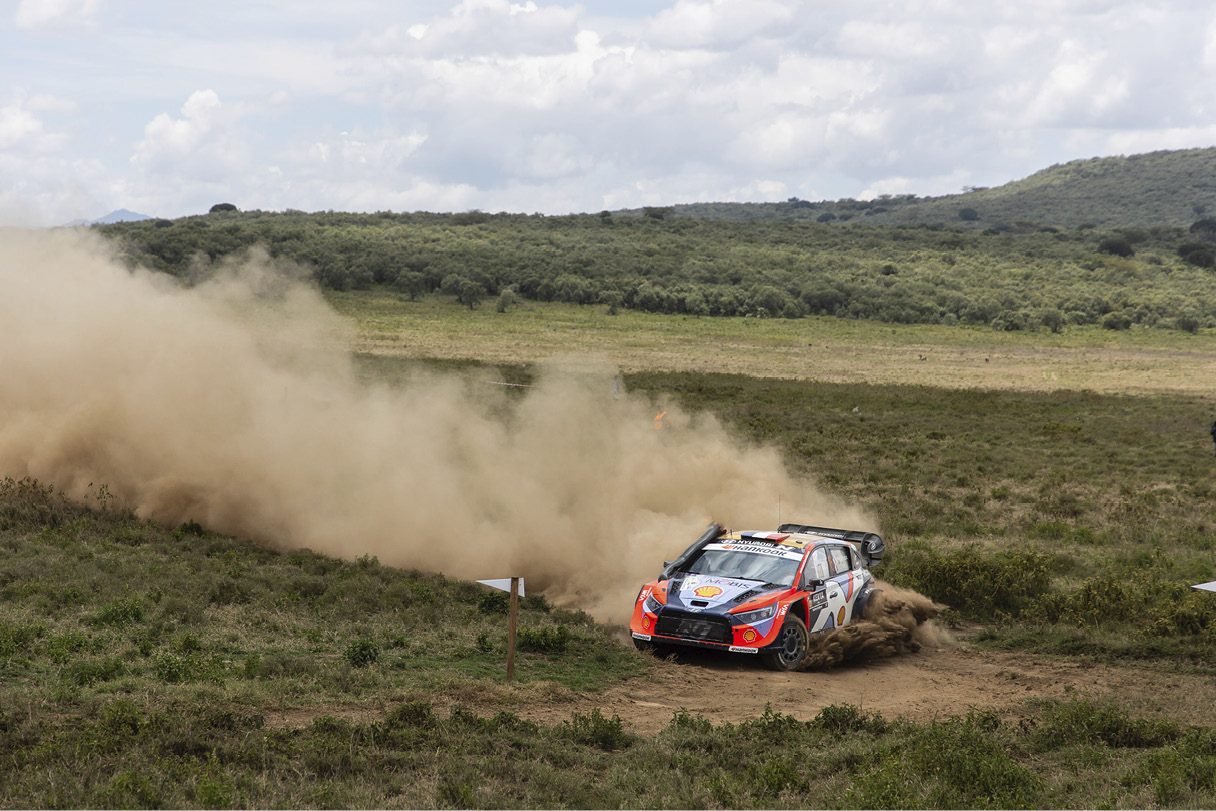
Fourmaux put in a heroic run on the final stage, scoring his first stage win of the event. Video: WRC (https://www.wrc.com)
Katsuta took top honors in SS18, with the Hyundai trio—Fourmaux, Neuville, Tänak—right behind. SS19 Hell’s Gate is a rapid-fire blast, where Fourmaux emerged fastest. McErlean nearly collected a zebra at the 7 km mark. Katsuta struck back in SS20 with another quickest time. All that remained was SS21, another pass through Hell’s Gate that doubled as the Power Stage. Starting first, Fourmaux put on a show, pushing flat-out and grabbing the top time. Katsuta then rolled his car early in the run, falling down the order.
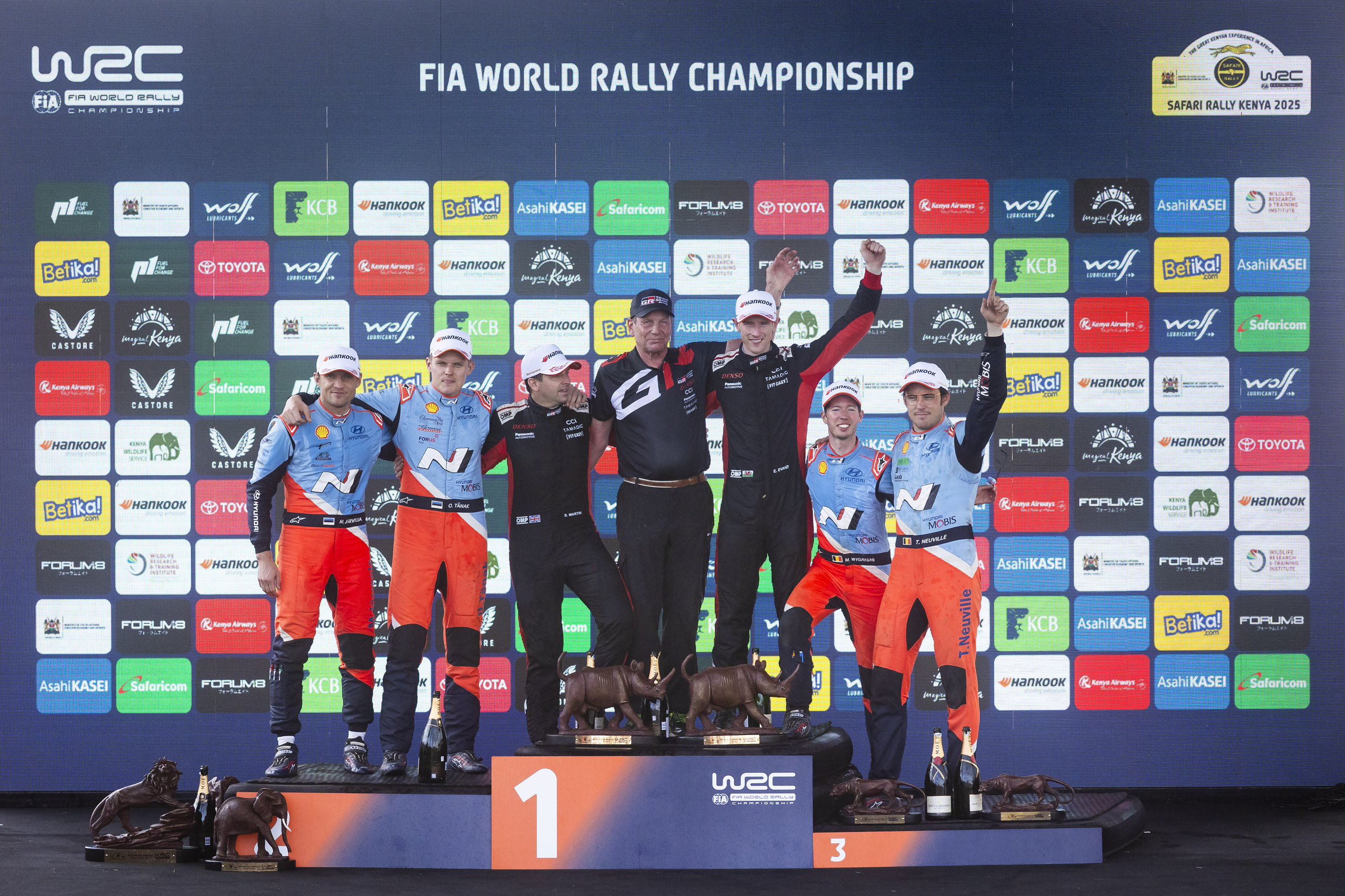
When the dust settled, Evans clinched the Safari Rally victory—his second straight win after Sweden—solidifying his early-season championship lead. Hyundai locked out the remaining podium spots, with Tänak second and Neuville third. Neuville’s Super Sunday and Power Stage bonuses bumped him up to 23 points on the weekend, tying Tänak’s haul. With 52 points total, Neuville leapfrogged Tänak for second in the drivers’ standings. Fourmaux, undaunted by two DNFs earlier in the rally, hustled to earn 12 points. In the manufacturers’ chase, Hyundai now sits at 122 points, narrowing the gap to Toyota (158 points).
Looking ahead, WRC Round 4 runs April 24–27 in Spain’s Canary Islands, marking this season’s first tarmac rally. Since its inception in 1977, Rally Islas Canarias has been a mainstay in the ERC (European Rally Championship) and IRC (Intercontinental Rally Challenge), but this will be its maiden outing on the WRC calendar. Expect breathtaking scenery around Las Palmas on Gran Canaria—and plenty of heart-pounding asphalt action.
Written by: Soo-jin Lee
In 1991, Lee’s passion for cars led him to enthusiastically write letters to the newly launched Korean car magazine Car Vision. This unexpected connection led him to start his career as an automotive journalist. He has served as editor and editorial board member for Car Vision and Car Life, and now works as an automotive critic. While eagerly covering the latest trends like electric vehicles, connected cars, and autonomous driving technology, he is also a car enthusiast who secretly hopes that the smell of gasoline engines will never disappear.
